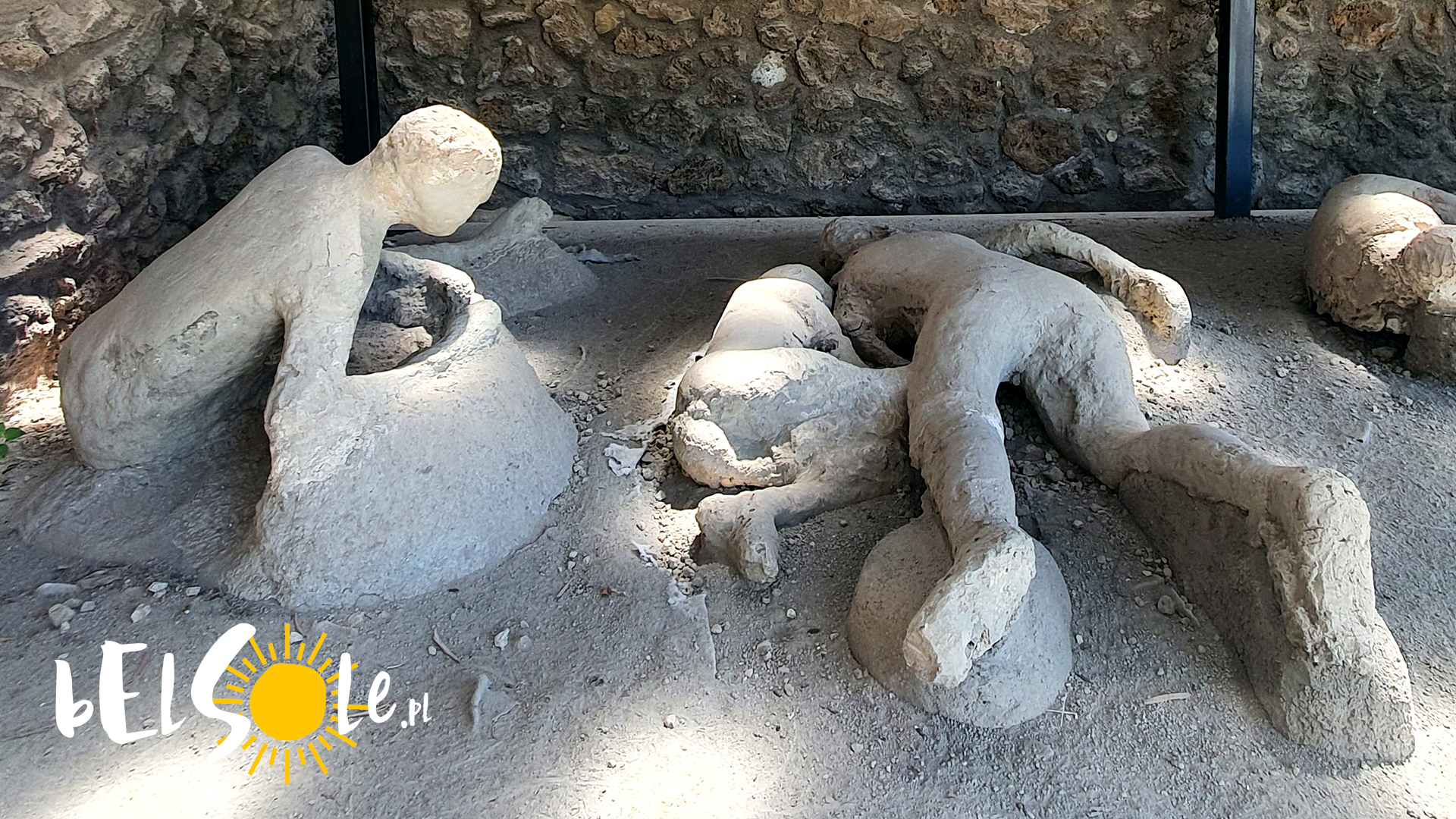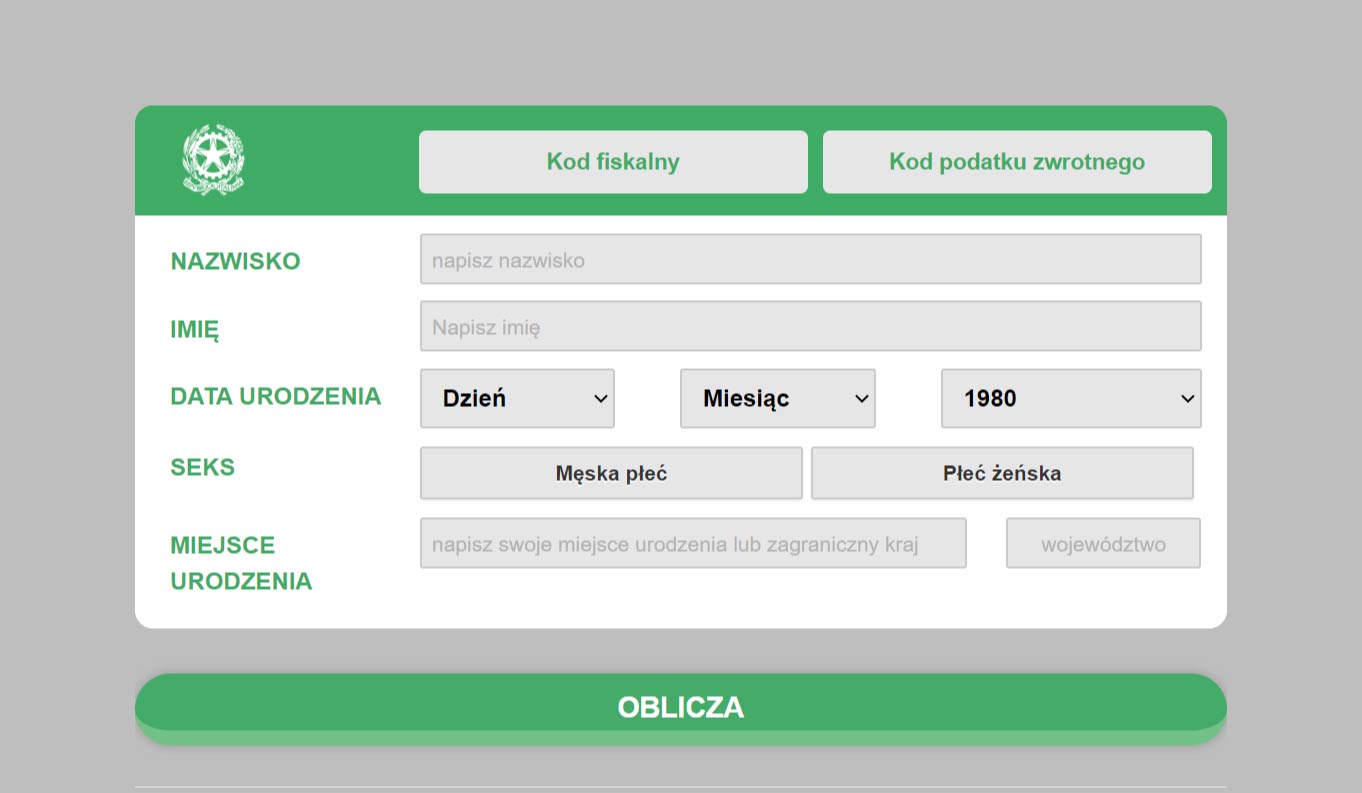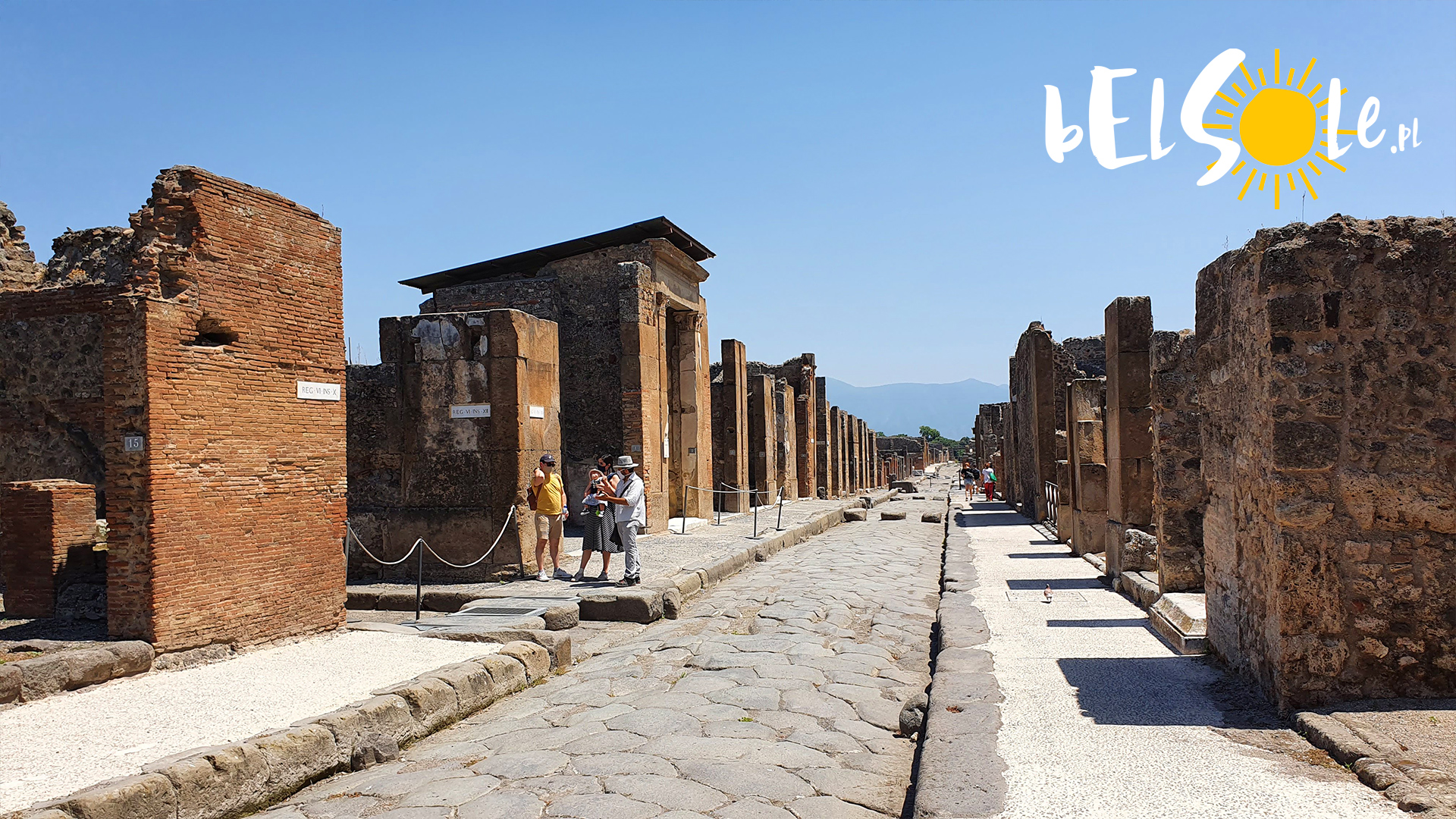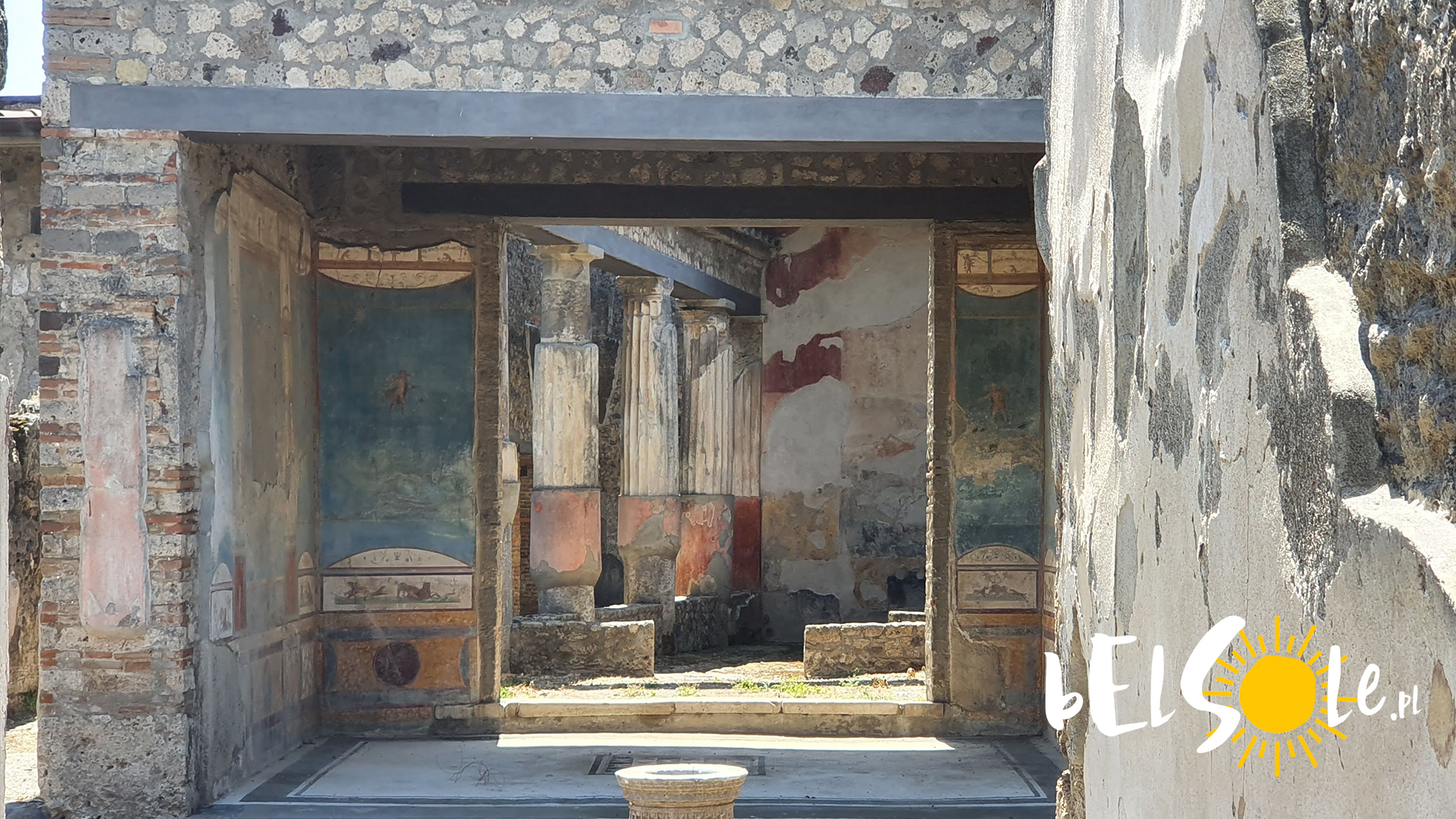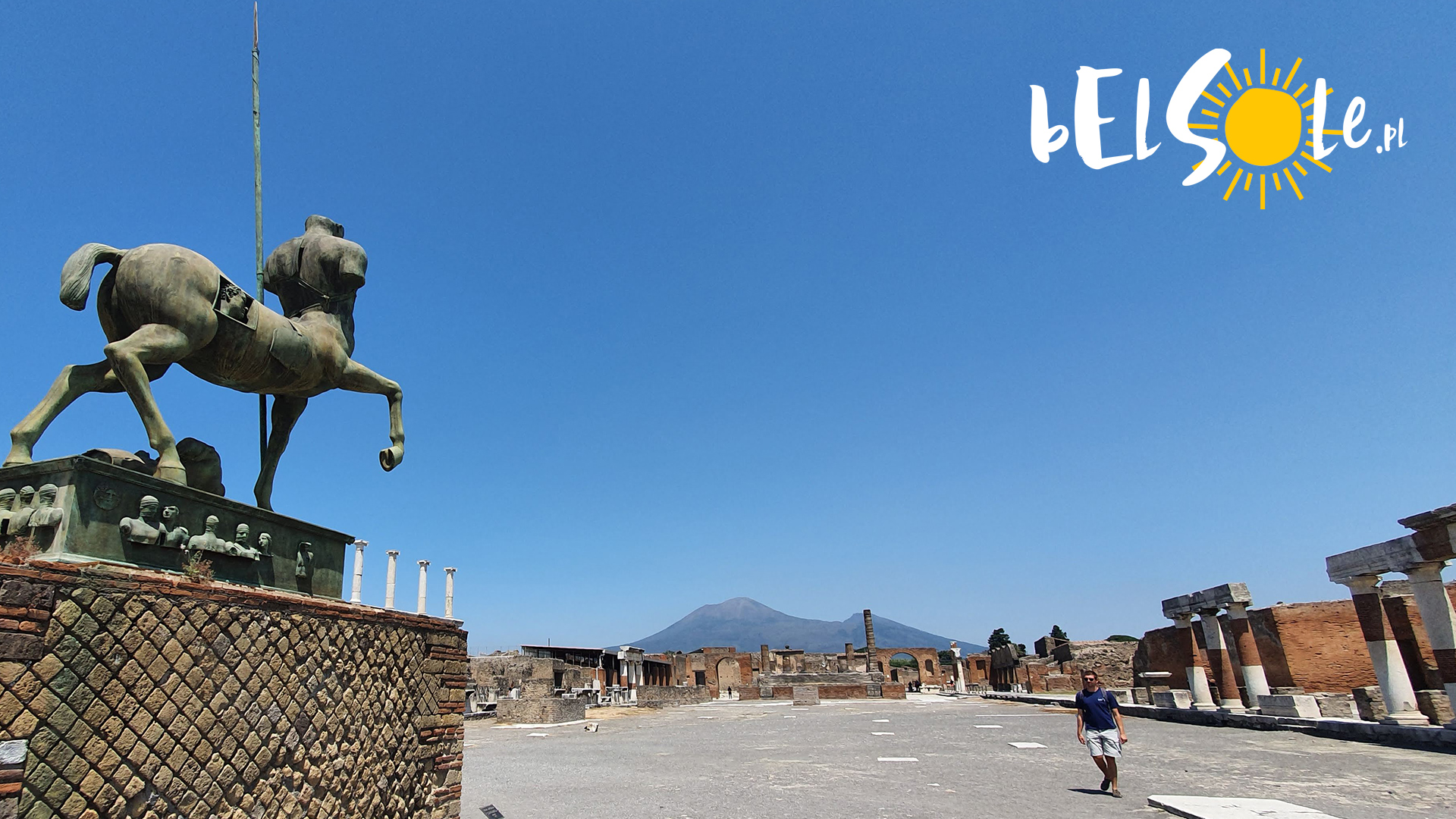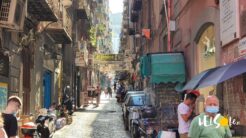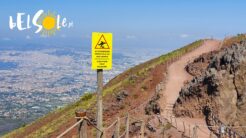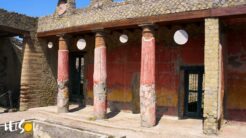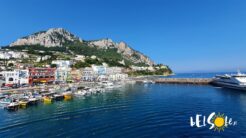Pompeii is one of the main tourist attractions of southern Italy and the area around Vesuvius. If you’re going to Naples, you’re very, very likely going to Pompeii too. But what is Pompeii famous for, exactly? What can you see there? How much will it cost you? All of that and more today.
First, why is Pompeii such a big deal? Pompeii was an ancient city which, in 79 AD, was covered by metres of volcanic ash from Mount Vesuvius. It wasn’t the only city to overgo that either, as the nearby Herculaneum was buried in much the same way too. As a result, the city remained very well-preserved under the surface. Today, it’s a part of the UNESCO World Heritage List as one of the better preserved glimpses into the ancient past.
How to get to Pompeii from Naples?
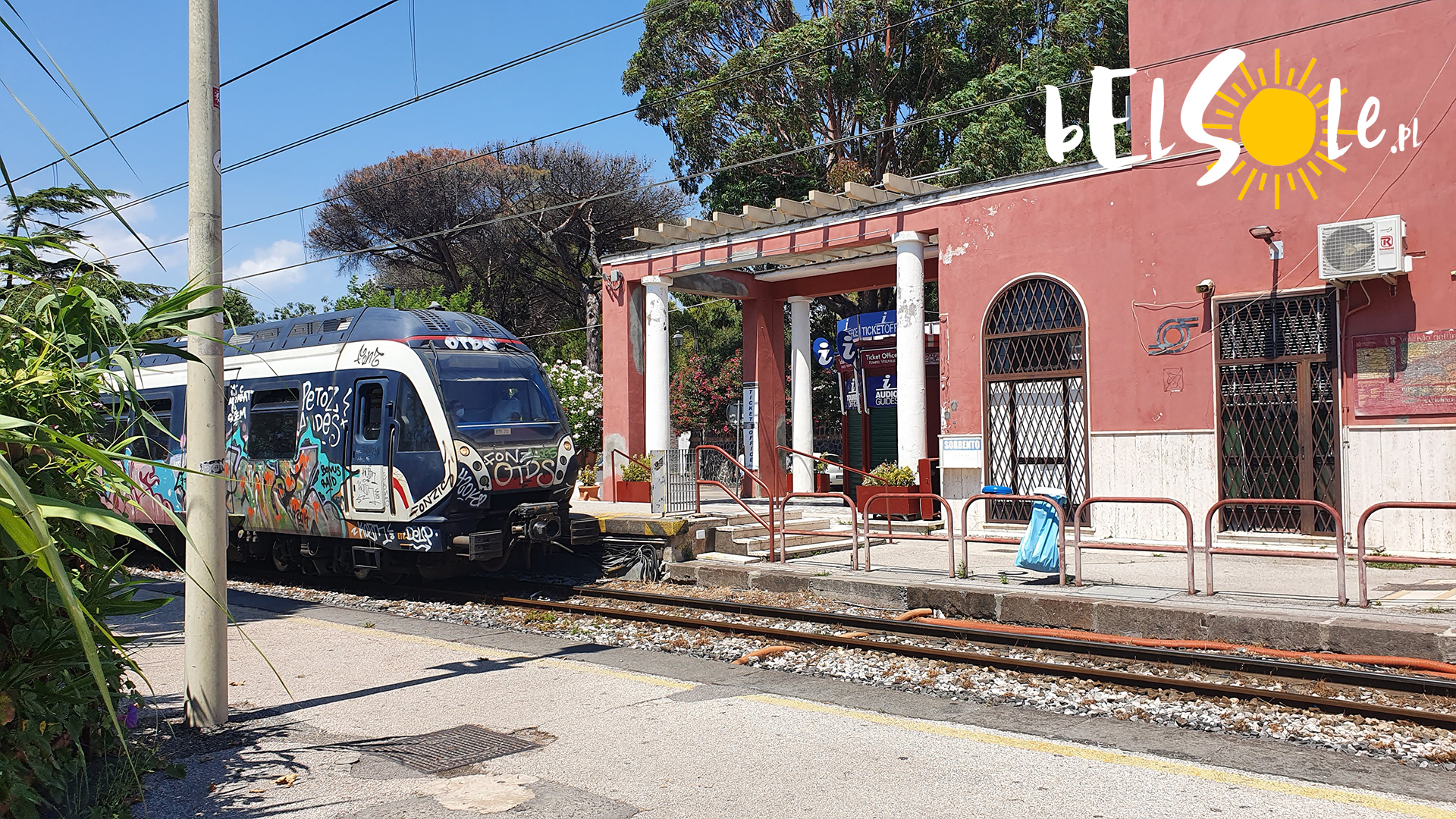
Thankfully, Pompeii is close to Naples, so it’s no problem to get there by car, bus or train. If you choose to go by car, the drive takes about 30 minutes from the centre of Naples. You’ll have to pay for the parking spot, €5 for a day. As for other means, you could opt for a taxi, though this gets expensive fast. Instead, you could opt for a shuttle bus, like this one, which makes round trips from Naples to Pompeii.
Otherwise, you can rely on public transport. For trains, you have a couple of options: the Napoli-Sorrento railway line (EAV Circumvesuviana) and the main metropolitan line departing from Garibaldi are your main two ones. The case is simple: both the Napoli-Sorrento and the Metropolitan are the same price, €3 one-way for a 35 minute ride. The Napoli-Sorrento gets quite crowded while the metropolitan line actually takes you to Pompei, one ‘i’ less, so you’ll have to walk 10 extra minutes to the actual entrance of the site, making the total journey about 50 minutes.
There’s one additional option if you don’t mind the extra cost – the Campania Express line, which offers a direct transit to Pompeii with much more comfort, though it’ll cost you €15 for one-way. The Napoli-Sorrento and the Campania Express both depart from Porta Nolana, though they pass by the Garibaldi station. Meanwhile, the metropolitan line starts from Garibaldi.
While the Metropolitan line takes you to Pompei, the other two lines take you directly to the Pompeii Scavi station, literally a minute away from the entrance.
How much do Pompeii tickets cost?
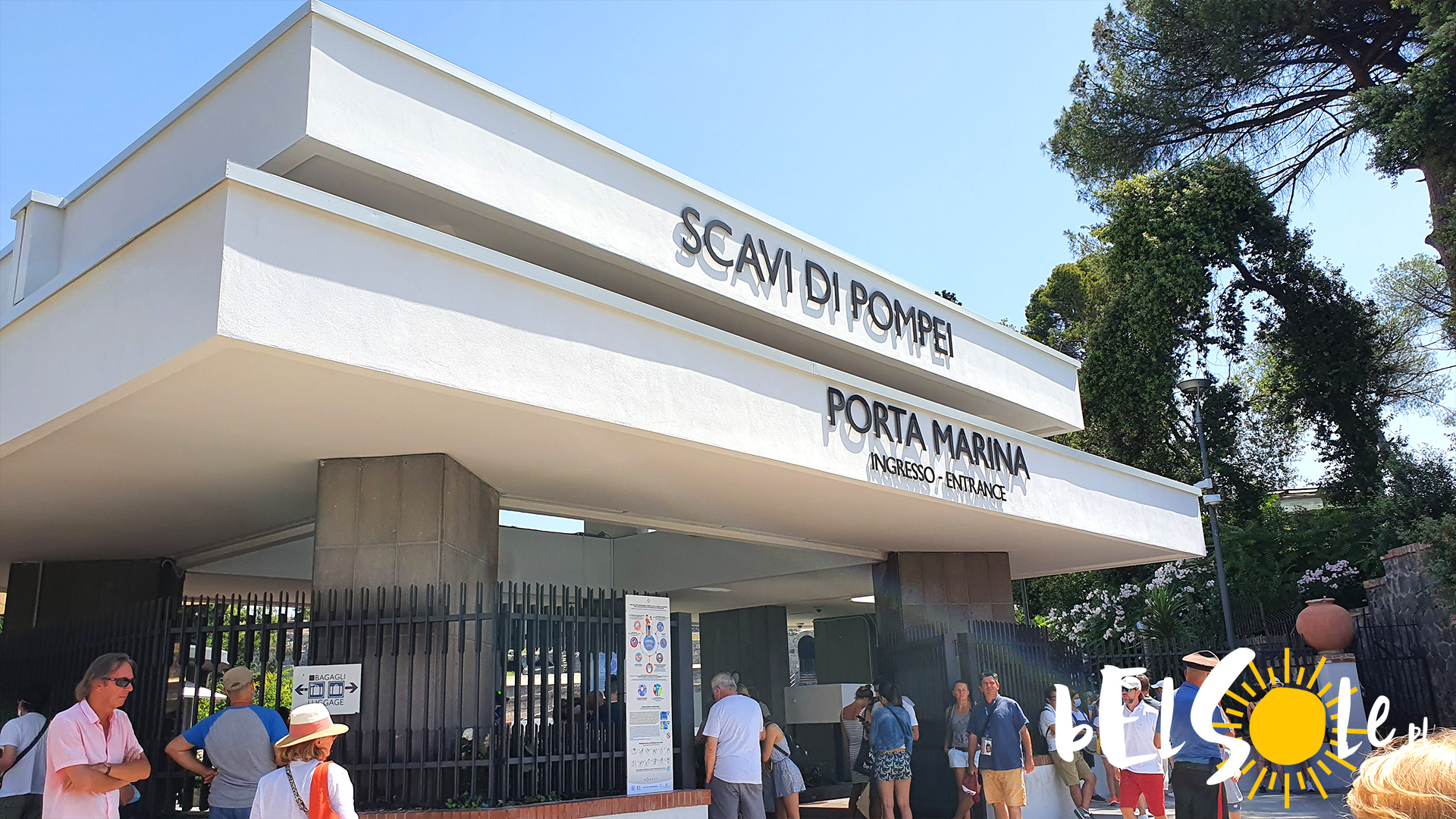
You can find simple entry tickets here. This is the official site for the Vesuvian sites, though the official site of Pompeii is here. You can alternatively look for tickets from other external partners, like Tiqets.
The price on ticketone.it is €19 (one euro is for service fee). External partners will inevitably charge a tiny bit more – Tiqets offers entry tickets for €23, for instance.
Of course, you can also opt for booking a tour from one of the external partners. There, the price varies depending on what the tour includes – you may opt for a tour of Pompeii on its own, combine it with Herculaneum or add Vesuvius itself to the mix.
As for opening hours, there are two seasonal variants: from 1st of April till the end of October, the site is open from 9am to 7pm. Throughout the rest of the year, it’s open from 9am to 5pm. In the first variant, the last entry is at 5:30pm; in the latter, it’s at 3:30pm. The site is open from Tuesday to Sunday, with Mondays off, as is tradition.
How much time do I need in Pompeii?
Pompeii is quite substantial in terms of size, as it’s still a real town with squares, amphitheatres and temples. You can find tours which take 2 hours, though we’d recommend you take your time if you can. For us, we feel like 4-7 hours is about the right time to see all of it at a pretty good pace.
Exploring Pompeii

The adventure starts from the main gate with the ticket office, meaning the south-west. You can find a map of the area by the entrance. You can also find the Terme Suburbane and the Porta Marina right there too. The Via Marina has the magnificent Temple of Venus and, at the end of it, there’s one of the best parts of Pompeii – the Pompeian Forum. It’s a 38 x 157 metre square with a surrounding colonnade, home to the Temple of Apollo and a statue of a Centaur, one of a few statues by Igor Mitoraj, a Polish sculptor.
The Forum in Pompeii
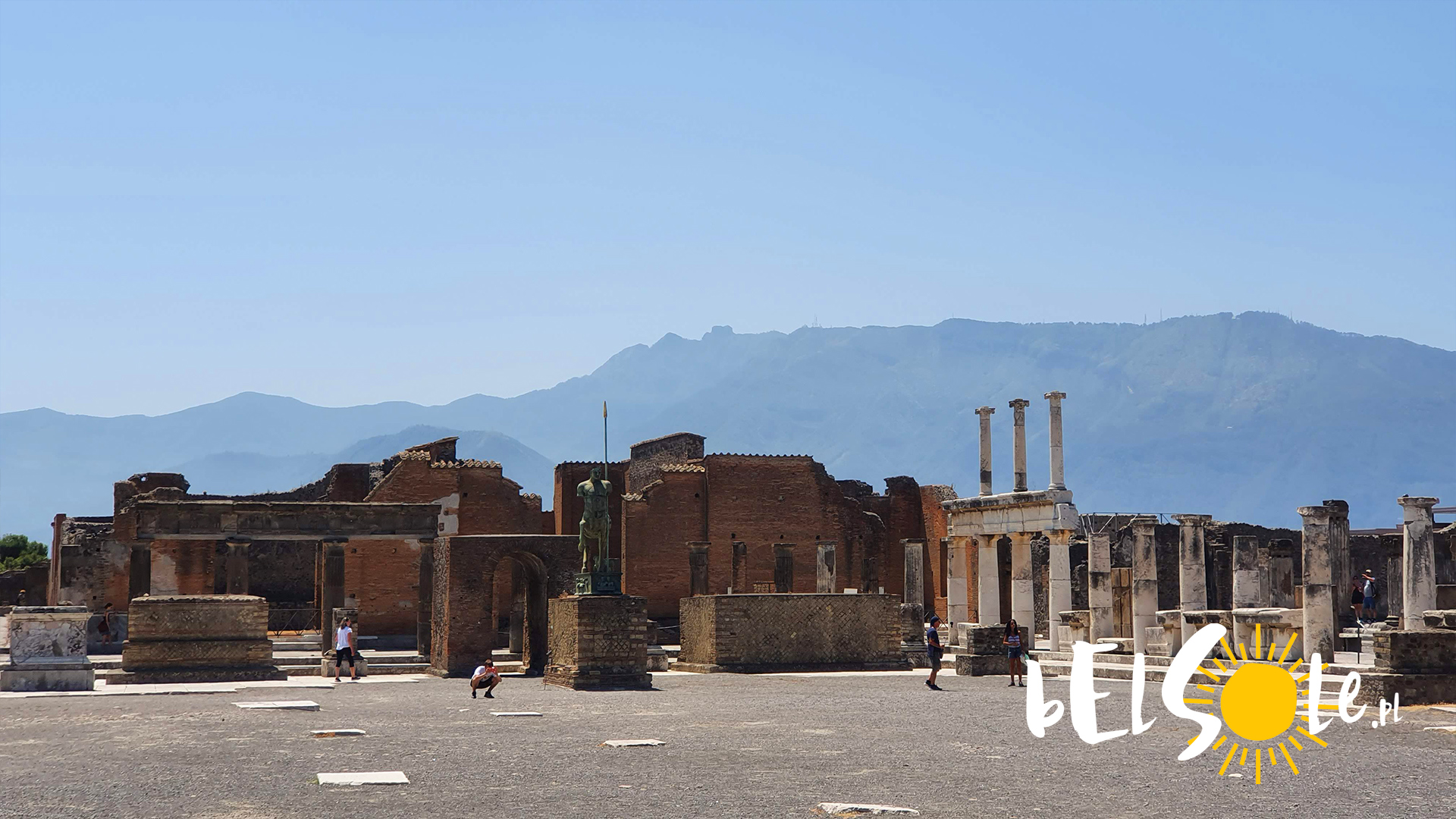
Centaur in Pompeii

Granai del Foro
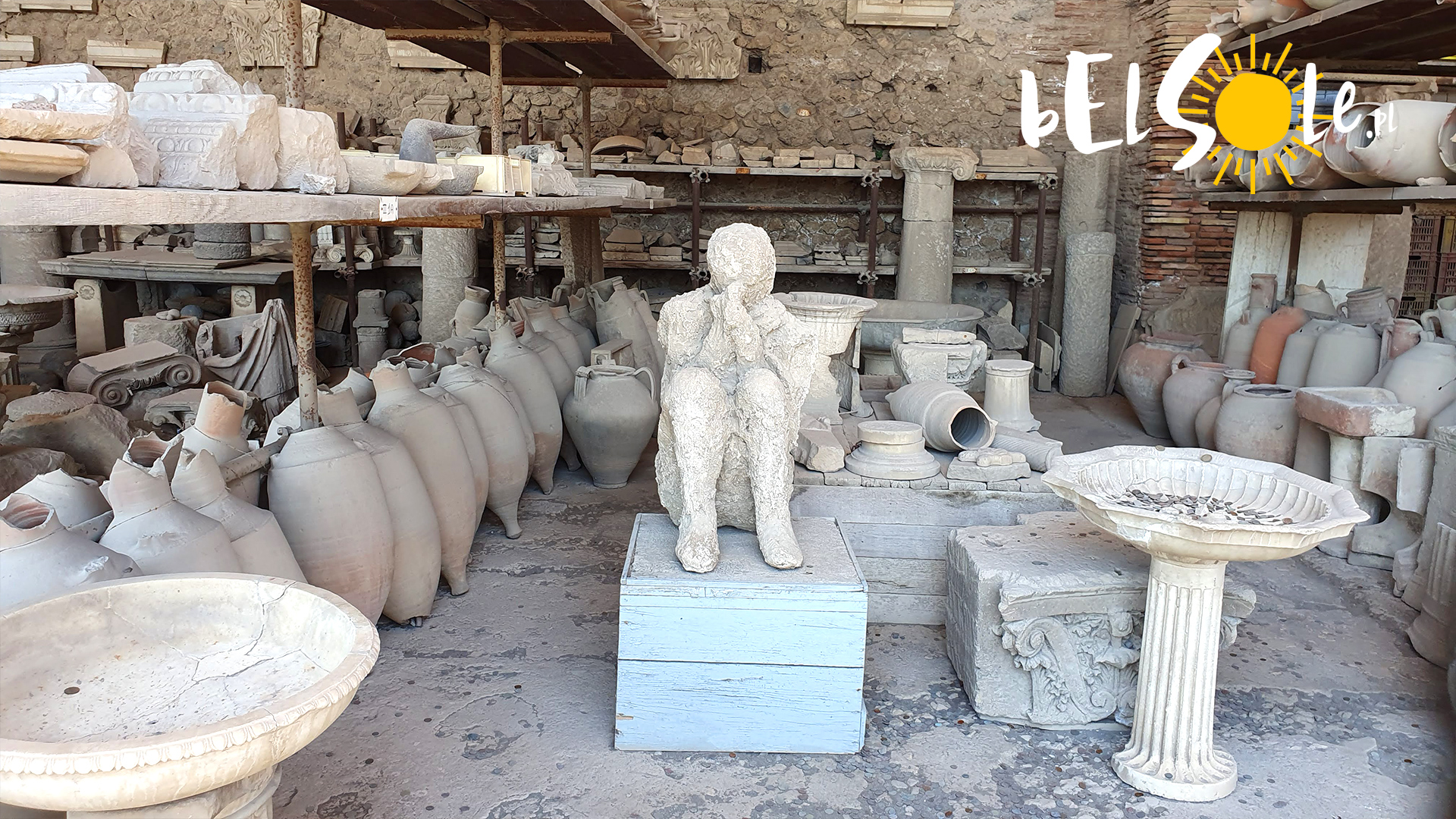
Basilica
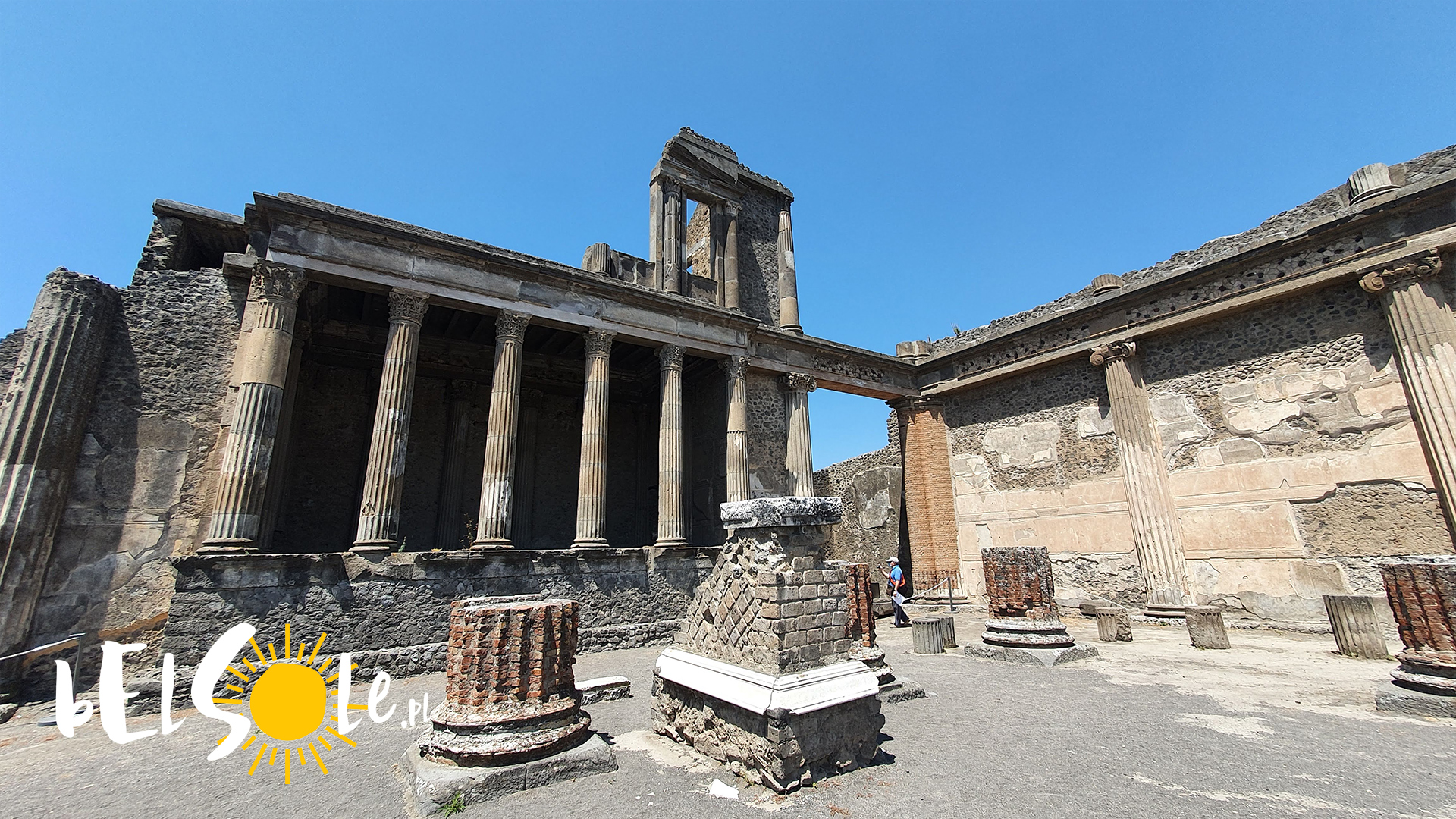
In the northern part of the city, we recommend you take a look at Casa del Fauno, Casa Fontana Piccola, Casa del Labirinto and the Villa di M. Fabius Rufus (with the remains of Pompeians). The section behind the Porta Ercolano with the house of Diomedes is also worth a visit. Also check out the Macellum near the Forum, basically the market of Pompeii.
In the central part, you have the main road, which is so rough you can twist your ankle – we recommend sticking to the pavements. Be sure to see the bakery, Terme Stabiane, Domus Sirici and Casa de Siricius.
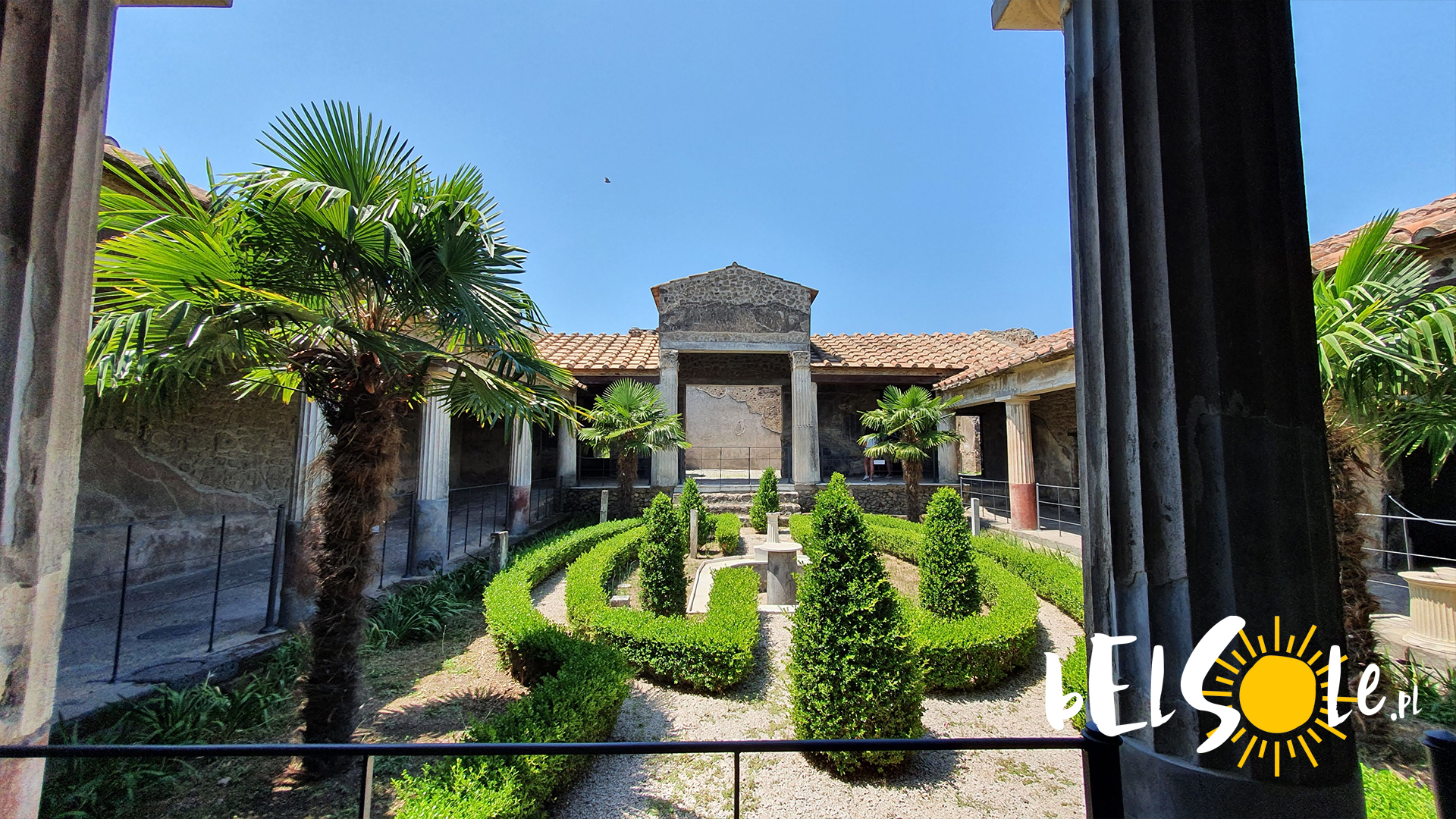
The southern part is probably the most interesting, with attractions like Teatro Grande, Teatro Piccolo, the Temple of Asklepios, Temple of Isis and Casa del Menandro. As for the eastern part, you’ll find the gardens of the Casa della Nave Europa, Porta Nocera, another Necropolis and the Garden of the Fugitives, with 13 bodies of inhabitants of Pompeii.
The great theatre
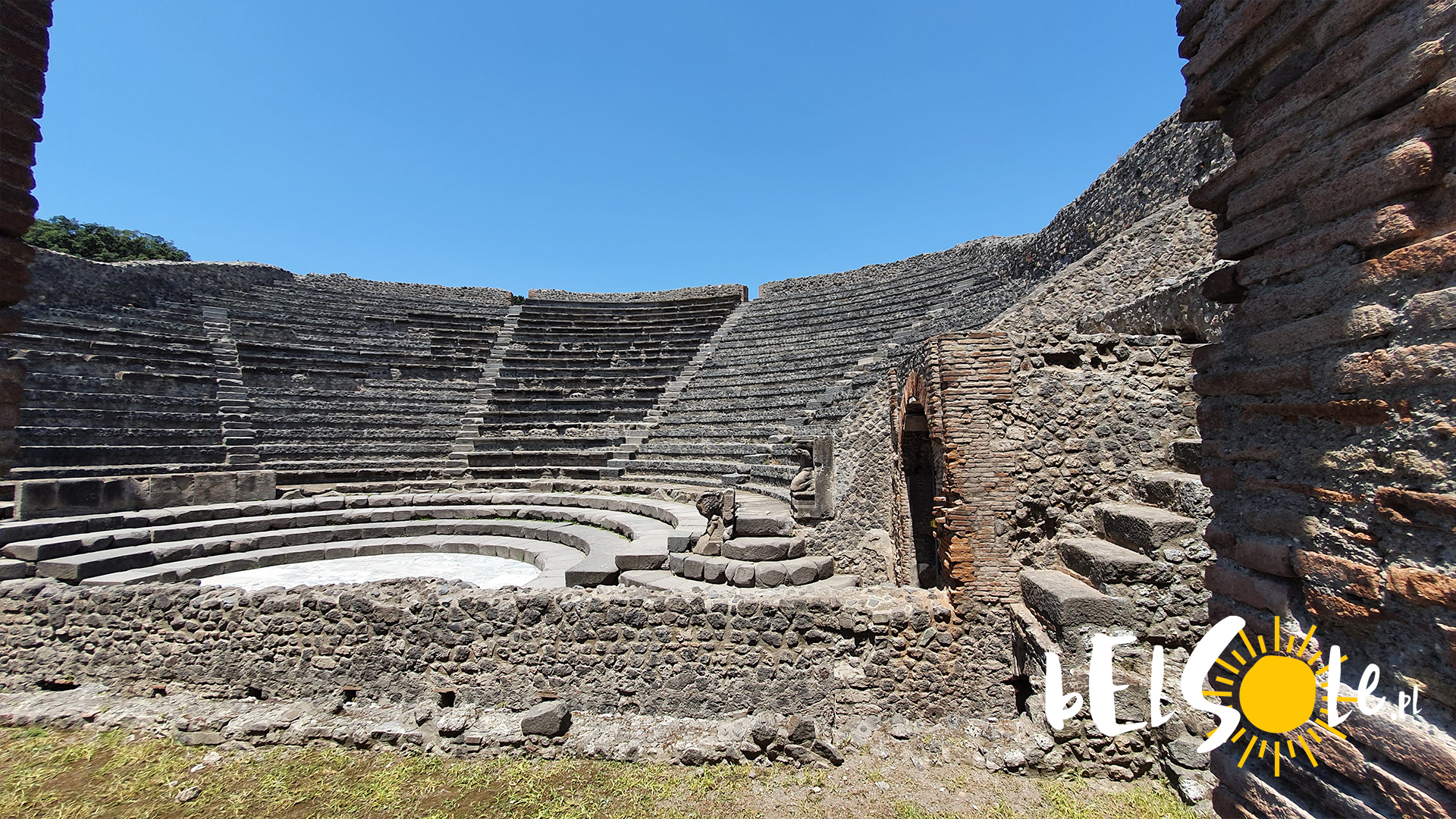
In the south-eastern part of the city is likely the most substantial remnant of Pompeii – the Amphitheatre, one of the oldest surviving Roman ones. Its northern entrance points towards Vesuvius, as if to foreshadow. Next to the theatre, you’ll find the Palestra Grande and the beautiful Vicolo dell’Anfiteatro road. Then, there’s the House of Venus with its beautiful mural and gardens. The road connecting the House of Venus to the Forum on the other side is the main road of the city and so there are many houses and points of interest alongside it.


Also be on the lookout for various wall paintings in many houses and temples. There are some incredibly well preserved traces from literal centuries back.
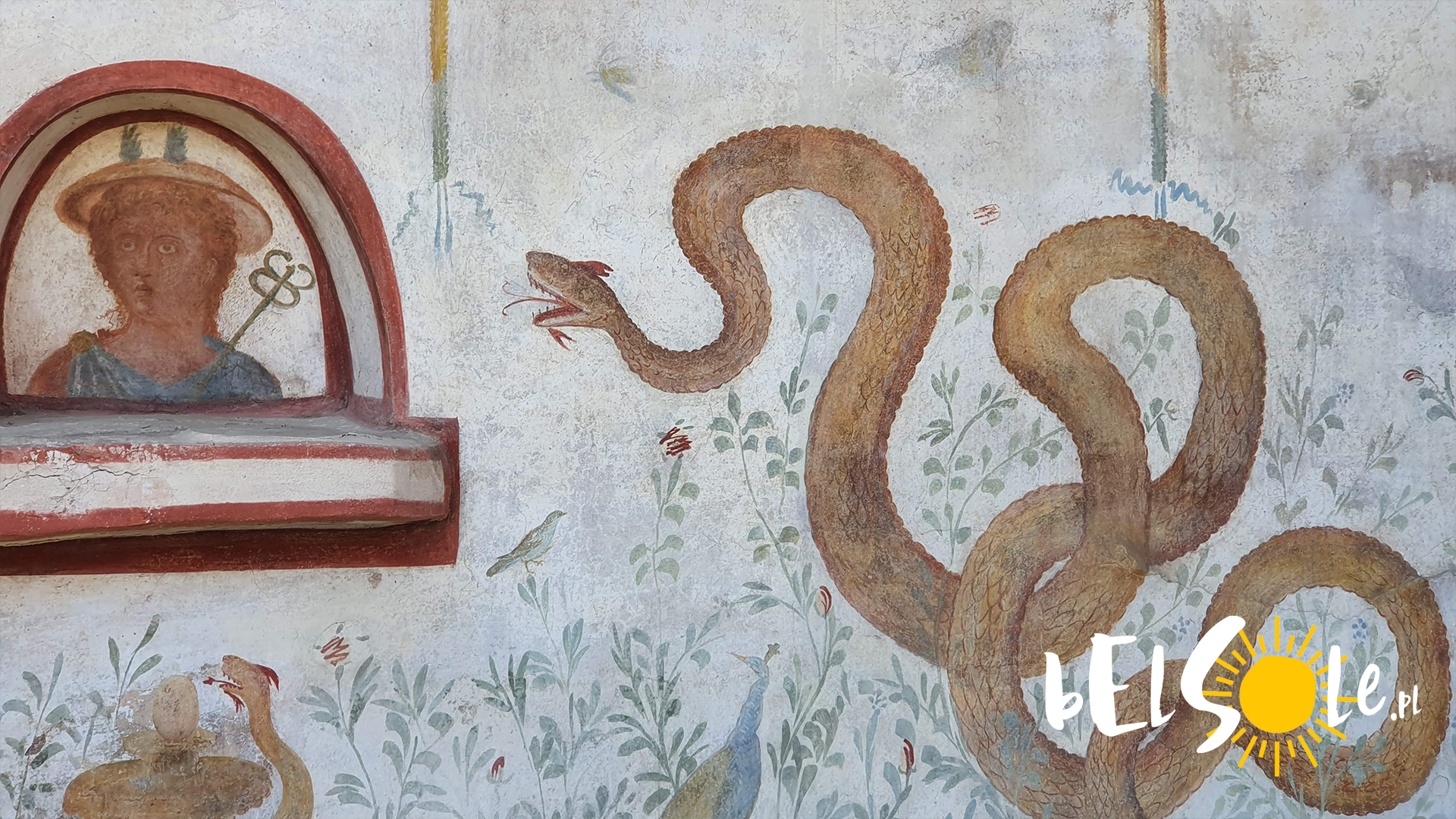
What to know before visiting?
- The roman roads are decently preserved but they’re still roman roads, so watch your steps
- Be sure to take a map with you so you don’t miss anything (you can find one at the bottom of this article)
- Don’t be surprised if the museum closes some paths for maintenance
- There are many drinking fountains along the path, so you don’t have to worry too much about bringing extra water
- Don’t feel too constrained by the ‘intended paths’ – as long as you don’t miss out on the things you want to see, you can just improvise as you go
The story of the End of Pompeii
The date scholars are currently quoting is October 24th of 79 AD. We know much about Vesuvius because of a direct first-hand account given to us by Pliny the Younger, who witnessed the eruption himself. The eruption lasted for two days straight. Dark clouds swallowed the sky as pumice rain began to pour over the area. The sky could barely be seen through the thicket of smoke above, though most people were able to escape, some even taking their belongings with them. Only about 1150 corpses have been found in Pompeii until today and many were clearly trying to escape with their belongings.
Though it was intuitive to assume that most people in Pompeii died from suffocation, the newer studies suggest that the pyroclastic flows, meaning the hot gas flowing along the ground from the volcano, effectively instantly killed the residents due to heat shock. According to this article, the flows reached temperatures of 200-500 degrees Celsius, literally making the blood of the residents boil and skulls burst wide open.
Apart from thieves trying to break through the ash to find some quick wealth, Pompeii was formally unearthed in 1592 by Domenico Fontana, an architect trying to build an aqueduct. The first instances of excavations began in the 17th century, with the actual bigger projects starting in the 18th century. For over 1500 years, Pompeii slept.
You can find the map of Pompeii here.
See also:


